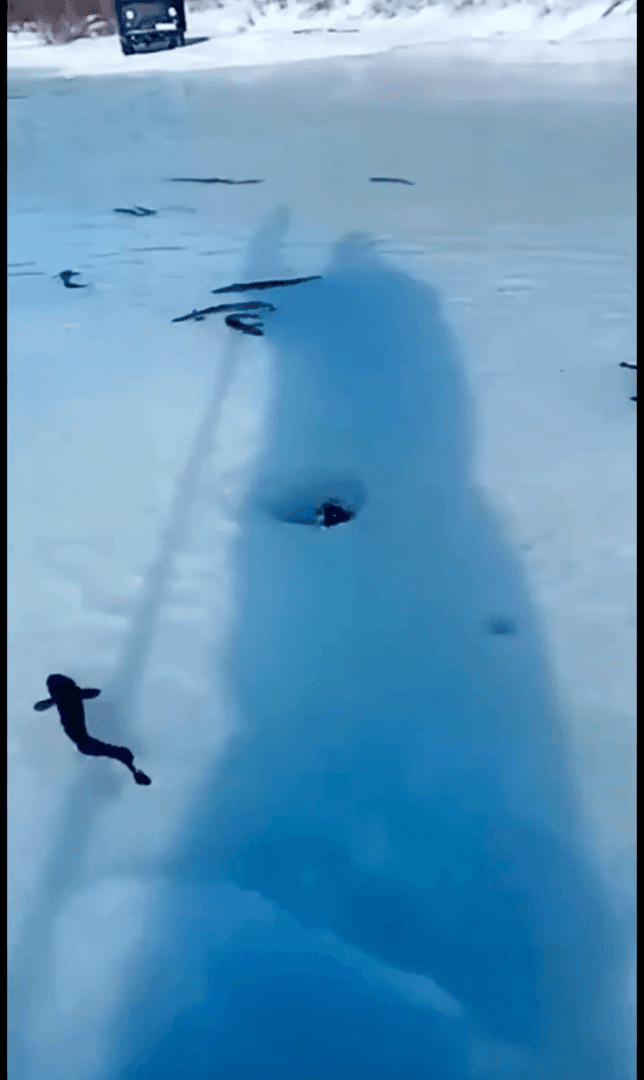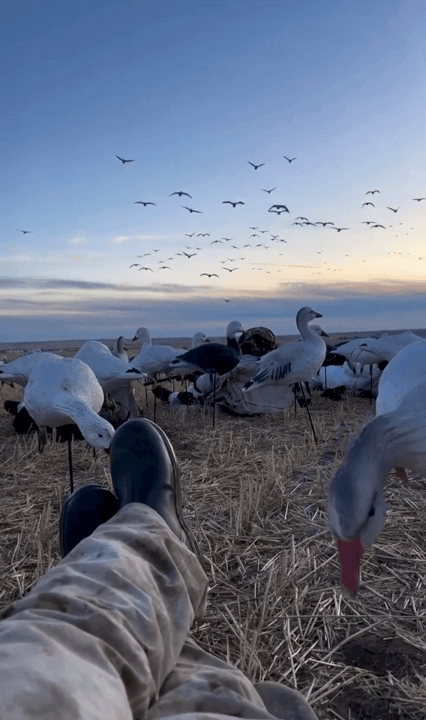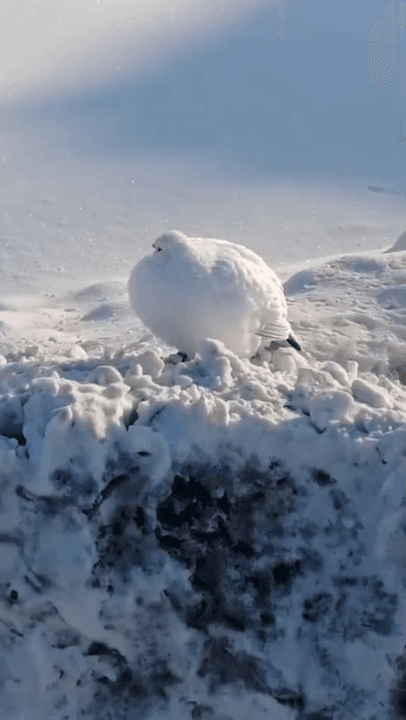
Fiordland hunting permits and conservation rules explained, natural features, seasons in the region in terms of hunting Geographical and natural features of the Fiordland region Fiordland is located in the south-west of New Zealand's South Island and is known for its deep fjords, dense forests and mountain ranges. The region is part of the Fiordland National Park, which is a UNESCO World Heritage Site. For hunters, Fiordland is a unique area with inaccessible areas that are home to rare species of animals. The climate in the region is wet and cool, with frequent rain and strong winds. This makes for challenging hunting conditions, but it's conditions like these that make Fiordland attractive to experienced hunters looking for a challenge. Hunters and demographics of the Fiordland region There are no exact figures on the number of hunters in the Fiordland region, as statistics are not kept on the subject. However, it is known that hunting in New Zealand is popular with locals and tour
Post: 22 May 14:14













































